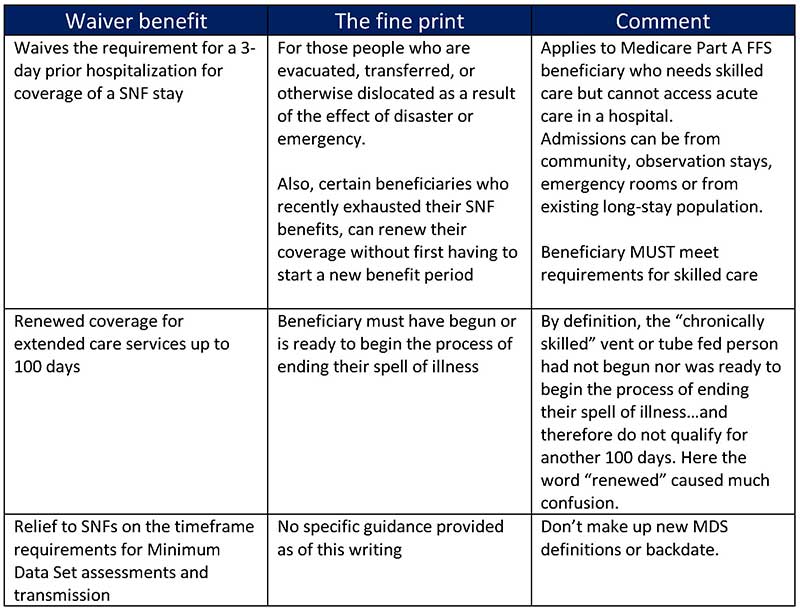Outpatient detoxing from opiates. Main Psychiatry 1:42 -52, 1996. Long-lasting residential treatment provides care 24 hours a day, typically in non-hospital settings. The best-known domestic treatment model is the healing community (TC), with planned lengths of stay of between 6 and 12 months. TCs focus on the "resocialization" of the private and use the program's entire communityincluding other homeowners, personnel, and the social contextas active parts of treatment.
Treatment is extremely structured and can be confrontational sometimes, with activities created to assist residents analyze destructive beliefs, self-concepts, and damaging patterns of habits and embrace brand-new, more unified and useful ways to engage with others. Numerous TCs use extensive services, which can include work training and other support services, onsite.
Lewis, B.F.; McCusker, J.; Hindin, R.; Frost, R.; and Garfield, F. 4 property drug treatment programs: Project EFFECT. In: J.A. Inciardi, F.M. Tims, and B.W. Fletcher (eds.), Innovative Techniques in the Treatment of Drug Abuse, Westport, CT: Greenwood Press, pp. 45-60, 1993. Sacks, S.; Banks, S.; McKendrick, K.; and Sacks, J.Y.
Journal of Compound Abuse Treatment 34( 1 ):112 -122, 2008. Sacks, S.; Sacks, J.; DeLeon, G.; Bernhardt, A.; and Staines, G. Modified therapeutic community for psychologically ill chemical "abusers": Background; affects; program description; preliminary findings. Substance Use and Misuse 32( 9 ):1217 -1259, 1997. Stevens, S.J., and Glider, P.J. Healing neighborhoods: Substance abuse treatment for women.
Tims, G. DeLeon, and N. Jainchill (eds.), Healing Neighborhood: Advances in Research and Application, National Institute on Drug Abuse Research Study Monograph 144, NIH Club. No. 94-3633, U.S. Government Printing Workplace, pp. 162-180, 1994. Sullivan, C.J.; McKendrick, K.; Sacks, S.; and Banks, S.M. Modified healing community for offenders with MICA disorders: Substance use results.
Short-term property programs supply extensive however reasonably short treatment based on a customized 12-step approach. These programs were originally created to treat alcohol problems, but throughout the cocaine epidemic of the mid-1980s, numerous began to deal with other types of compound usage disorders. The initial domestic treatment model included a 3- to 6-week hospital-based inpatient treatment phase followed by extended outpatient treatment and involvement in a self-help group, such as AA.
These programs assist to decrease the threat of regression as soon as a patient leaves the property setting. Hubbard, R.L.; Craddock, S.G.; Flynn, P.M.; Anderson, J.; and Etheridge, R.M. Summary of 1-year follow-up outcomes in the Drug Abuse Treatment Outcome Study (DATOS). Psychology of Addictive Habits 11( 4 ):291 -298, 1998. Miller, M.M. Traditional approaches to the treatment of addiction.
Top Guidelines Of What Are Drug Rehab Program
Graham and T.K. Schultz (eds.), Principles of Dependency Medicine (second ed.). Washington, D.C.: American Society of Addiction Medicine, 1998. Outpatient treatment varies in the types and intensity of services used. Such treatment expenses less than property or inpatient treatment and typically is preferable for individuals with tasks or extensive social supports.

Other outpatient designs, such as extensive day treatment, can be similar to residential programs in services https://zenwriting.net/meghadc2tw/prior-to-family-counseling-takes-location-the-therapist-must-examine-the and efficiency, depending on the individual patient's characteristics and needs (how much does outpatient drug rehab cost). In many outpatient programs, group counseling can be a major element. Some outpatient programs are also created to treat clients with medical or other psychological health issue in addition to their drug conditions.
Summary of 1-year follow-up outcomes in the Drug Abuse Treatment Result Study (DATOS). Psychology of Addicting Behaviors 11( 4 ):291 -298, 1998. Institute of Medication. Treating Drug Problems. Washington, D.C.: National Academy Press, 1990. McLellan, A.T.; Grisson, G.; Durell, J.; Alterman, A.I.; Brill, P.; and O'Brien, C.P. Compound abuse treatment in the private setting: Are some programs more effective than others? Journal of Compound Abuse Treatment 10:243 -254, 1993.
Treatment retention and follow-up outcomes in the Substance abuse Treatment Result Study (DATOS). Psychology of Addicting Behaviors 11( 4 ):294 -307, 1998. Individualized drug therapy not only concentrates on reducing or stopping illegal drug or alcohol usage; it also resolves related locations of impaired functioningsuch as employment status, prohibited activity, and family/social relationsas well as the content and structure of the patient's recovery program.
The addiction therapist encourages 12-step participation (at least a couple of times per week) and makes referrals for required supplemental medical, psychiatric, employment, and other services. Many healing settings use group therapy to take advantage of the social support offered by peer conversation and to assist promote drug-free lifestyles. Research study has shown that when group treatment either is provided in combination with individualized drug therapy or is formatted to reflect the principles of cognitive-behavioral treatment or contingency management, favorable results are attained.
Often, drug abusers enter into contact with the criminal justice system earlier than other health or social systems, presenting opportunities for intervention and treatment prior to, throughout, after, or in lieu of incarceration. Research study has actually shown that integrating criminal justice sanctions with drug treatment can be effective in reducing drug abuse and associated criminal activity.
Studies reveal that for incarcerated people with drug issues, beginning substance abuse treatment in jail and continuing the exact same treatment upon releasein other words, a smooth continuum of servicesresults in much better outcomes: less drug use and less criminal behavior. More information on how the criminal justice system can deal with the issue of drug addiction can be found in Principles of Substance Abuse Treatment for Crook Justice Populations: A Research-Based Guide (National Institute on Substance abuse, modified 2012).
The Best Strategy To Use For What Kind Of Treatment Works Best For Drug Rehab
When considering addiction treatment, you may be wondering what you can expect during a basic day in rehabilitation. There are many types of drug abuse treatments out there, but many follow a standard framework of therapies. Residential inpatient treatment centers are really structured and organized, with comparable activities and treatments in the majority of centers.
Depending upon the setting and the facilities used, everyday activities might differ. Here is an example of what a typical day in treatment might appear like: Oversleeping is not part of the program, so anticipate to increase early in the early morning to enjoy a healthy breakfast. Some programs use early morning classes such as yoga or meditation to assist you begin the day in an unwinded frame of mind.

I fulfilled a lot of great individuals and learned how to change my old habits every day Share an open mind and be prepared. Do it for you, not any person else.- Ryanna, recuperating addictThere is frequently a group session following breakfast led by a counselor or therapist that concentrates on topics connected to the treatment process, the $112-step program, addiction and healing.